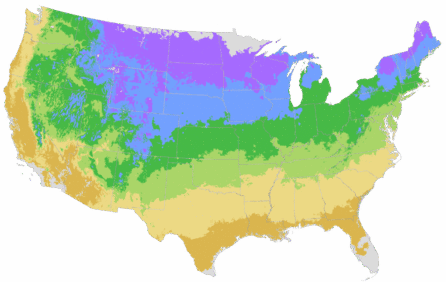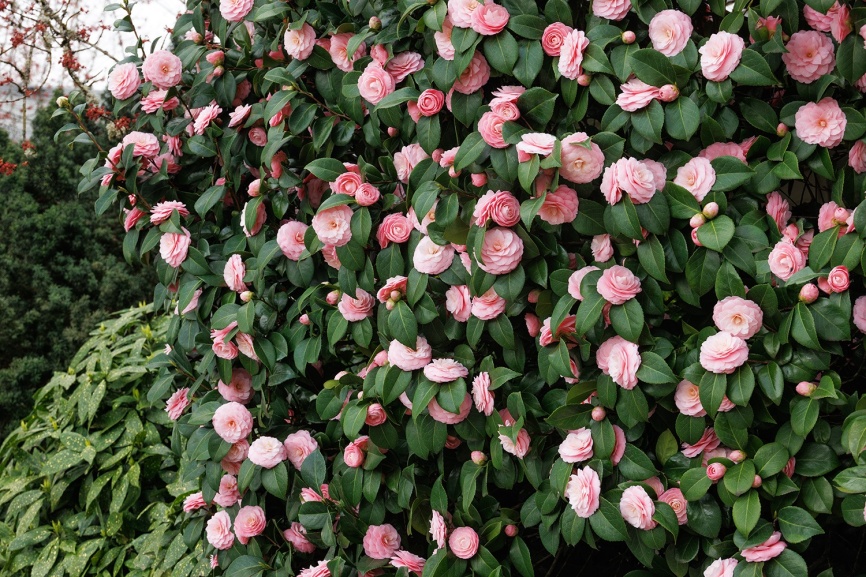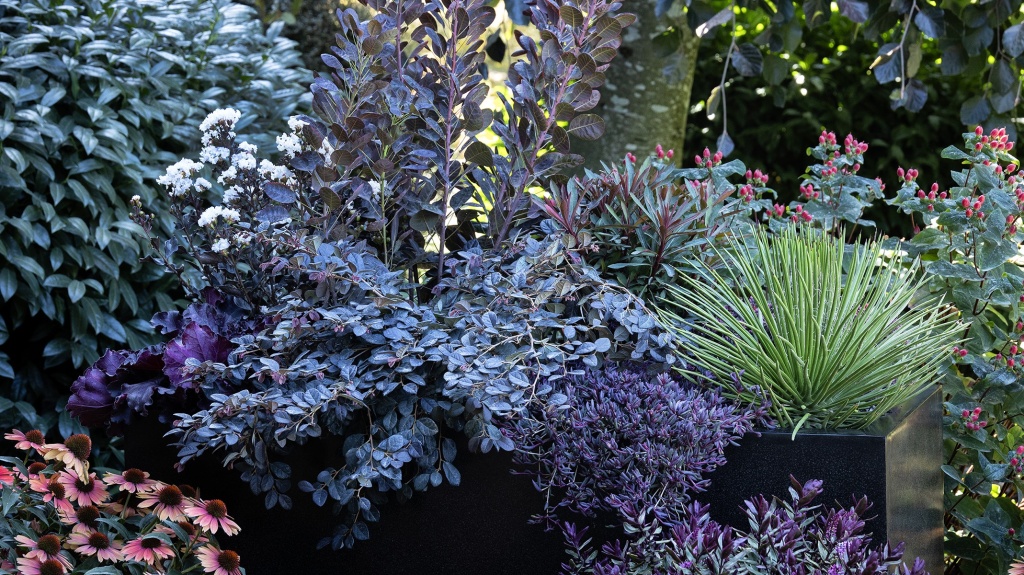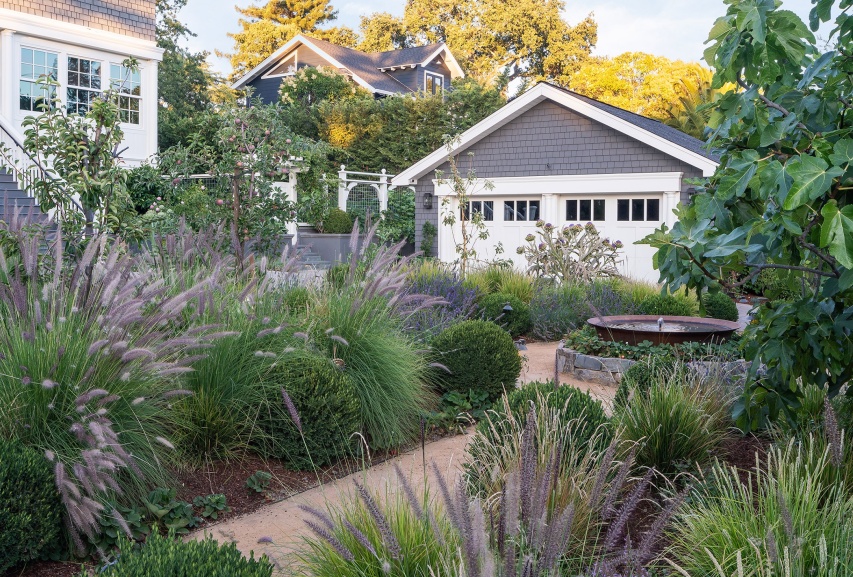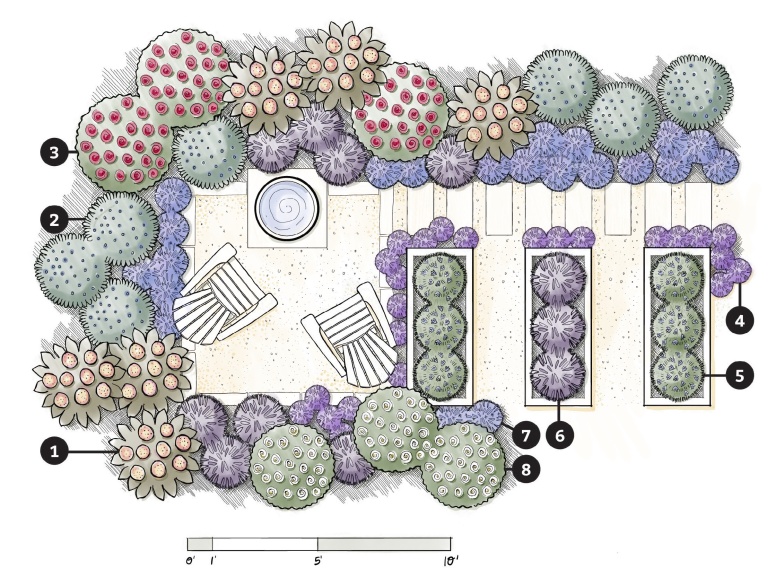You're growing in this Zip Code:
Change LocationDiscover Plants for Your Area
May Night Meadow Sage
Salvia x sylvestris 'May Night'
Retailers Near You
| Description | Tall spikes of indigo blue flowers top compact mounds of soft, green foliage. This showy perennial is excellent for mixed borders, flower beds and patio containers. Thrives in areas where spring and summer nights remain cool. An herbaceous perennial. |
|---|---|
| Bloom Time | Early summer to midsummer |
| Deciduous/Evergreen | Herbaceous |
| Special Features | Attracts Butterflies, Attracts Hummingbirds, Easy Care, Waterwise, Attracts Pollinators, Fast Growing, Compact Form, Benefits Birds |
| Problems/Solutions | Deer Resistant, Rabbit Resistant |
| Growth Rate | Fast |
| Growth Habit | Clumping |
| Flower Attributes | Flowers for Cutting, Showy Flowers |
| Landscape Use | Border, Container |
| Flower Color | Purple |
| Foliage Color | Gray-green |
| Companion Plants | Blanket Flower (Gaillardia); Black-Eyed Susan (Rudbeckia); Blue Fescue (Festuca); Shasta Daisy (Chrysanthemum)Coneflower (Echinacea); |
| Care Instructions | Thrives in average, well-drained soils. Water deeply, regularly during the first growing season to establish an extensive root system. Tolerates periodic drought when established. Fertilize before new growth begins in spring. Remove spent flowers to encourage continued bloom. Prune annually after flowering. |
| History | Also known as Salvia x sylvestris 'Mainacht'. Salvia x sylvestris is a hybrid perennial salvia originating primarily from crosses between S. nemorosa and S. pratensis. |
| Lore | Salvia x sylvestris is often commonly called wood sage. The genus name Salvia comes from the Latin word salveo meaning to save or heal, in reference to the curative properties attributed to some plants in this genus. The hybrid name of sylvestris comes from Latin meaning of or pertaining to forest or wood. |
| Description | Tall spikes of indigo blue flowers top compact mounds of soft, green foliage. This showy perennial is excellent for mixed borders, flower beds and patio containers. Thrives in areas where spring and summer nights remain cool. An herbaceous perennial. |
|---|---|
| Bloom Time | Early summer to midsummer |
| Deciduous/Evergreen | Herbaceous |
| Special Features | Attracts Butterflies, Attracts Hummingbirds, Easy Care, Waterwise, Attracts Pollinators, Fast Growing, Compact Form, Benefits Birds |
| Problems/Solutions | Deer Resistant, Rabbit Resistant |
| Growth Rate | Fast |
| Growth Habit | Clumping |
| Flower Attributes | Flowers for Cutting, Showy Flowers |
| Landscape Use | Border, Container |
|---|---|
| Flower Color | Purple |
| Foliage Color | Gray-green |
| Companion Plants | Blanket Flower (Gaillardia); Black-Eyed Susan (Rudbeckia); Blue Fescue (Festuca); Shasta Daisy (Chrysanthemum)Coneflower (Echinacea); |
| Care Instructions | Thrives in average, well-drained soils. Water deeply, regularly during the first growing season to establish an extensive root system. Tolerates periodic drought when established. Fertilize before new growth begins in spring. Remove spent flowers to encourage continued bloom. Prune annually after flowering. |
|---|
| History | Also known as Salvia x sylvestris 'Mainacht'. Salvia x sylvestris is a hybrid perennial salvia originating primarily from crosses between S. nemorosa and S. pratensis. |
|---|---|
| Lore | Salvia x sylvestris is often commonly called wood sage. The genus name Salvia comes from the Latin word salveo meaning to save or heal, in reference to the curative properties attributed to some plants in this genus. The hybrid name of sylvestris comes from Latin meaning of or pertaining to forest or wood. |
Retailers Near You
About Us
We have been pioneers and craftsmen in the art of growing plants for nearly
100 years. Since our founding in Southern California by Harry E. Rosedale, Sr.
in 1926, we have been absolutely dedicated and obsessed with quality.
We have been pioneers and craftsmen in the art of growing plants for nearly 100 years. Since our founding in Southern California by Harry E. Rosedale, Sr. in 1926, we have been absolutely dedicated and obsessed with quality.




